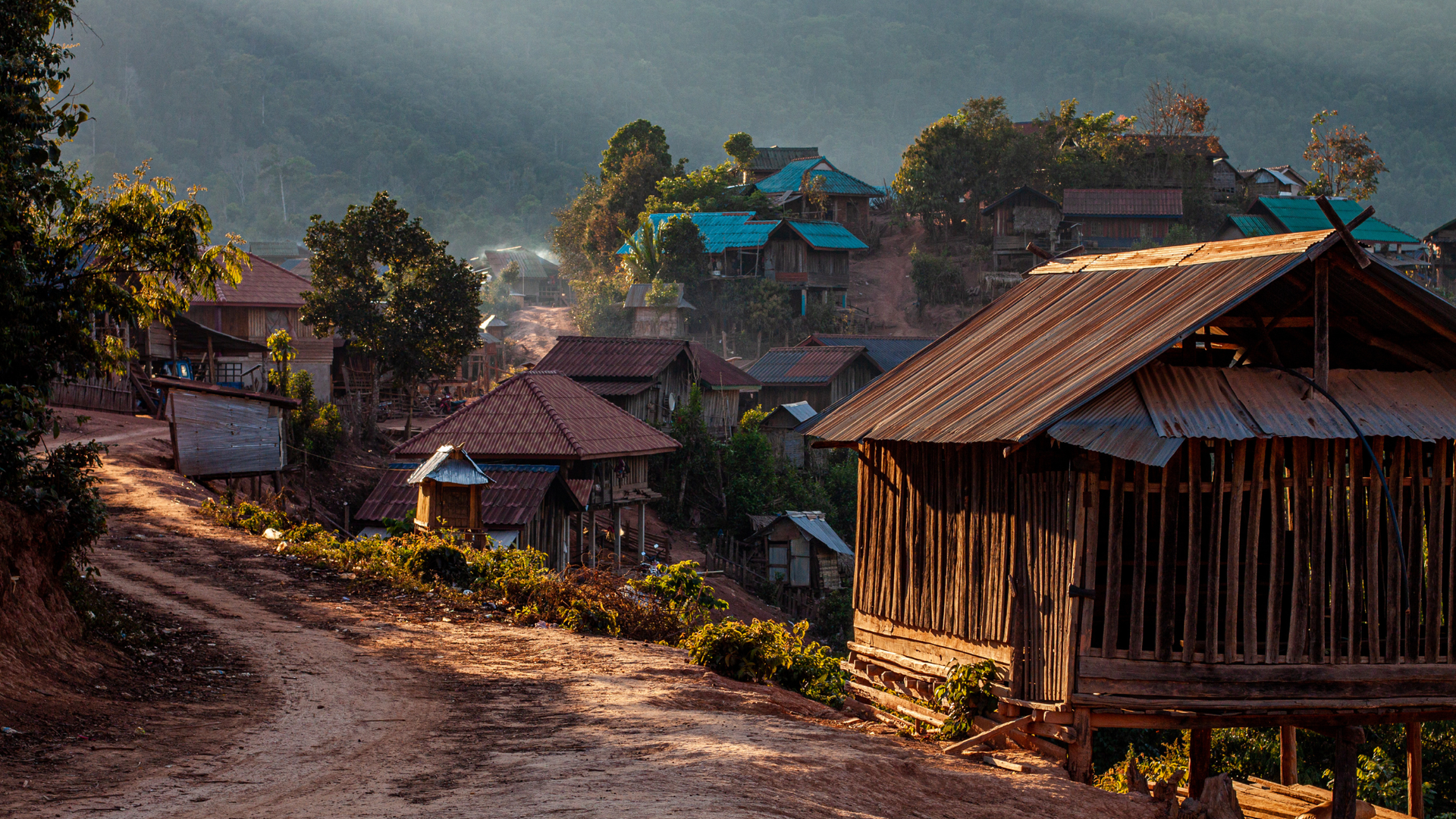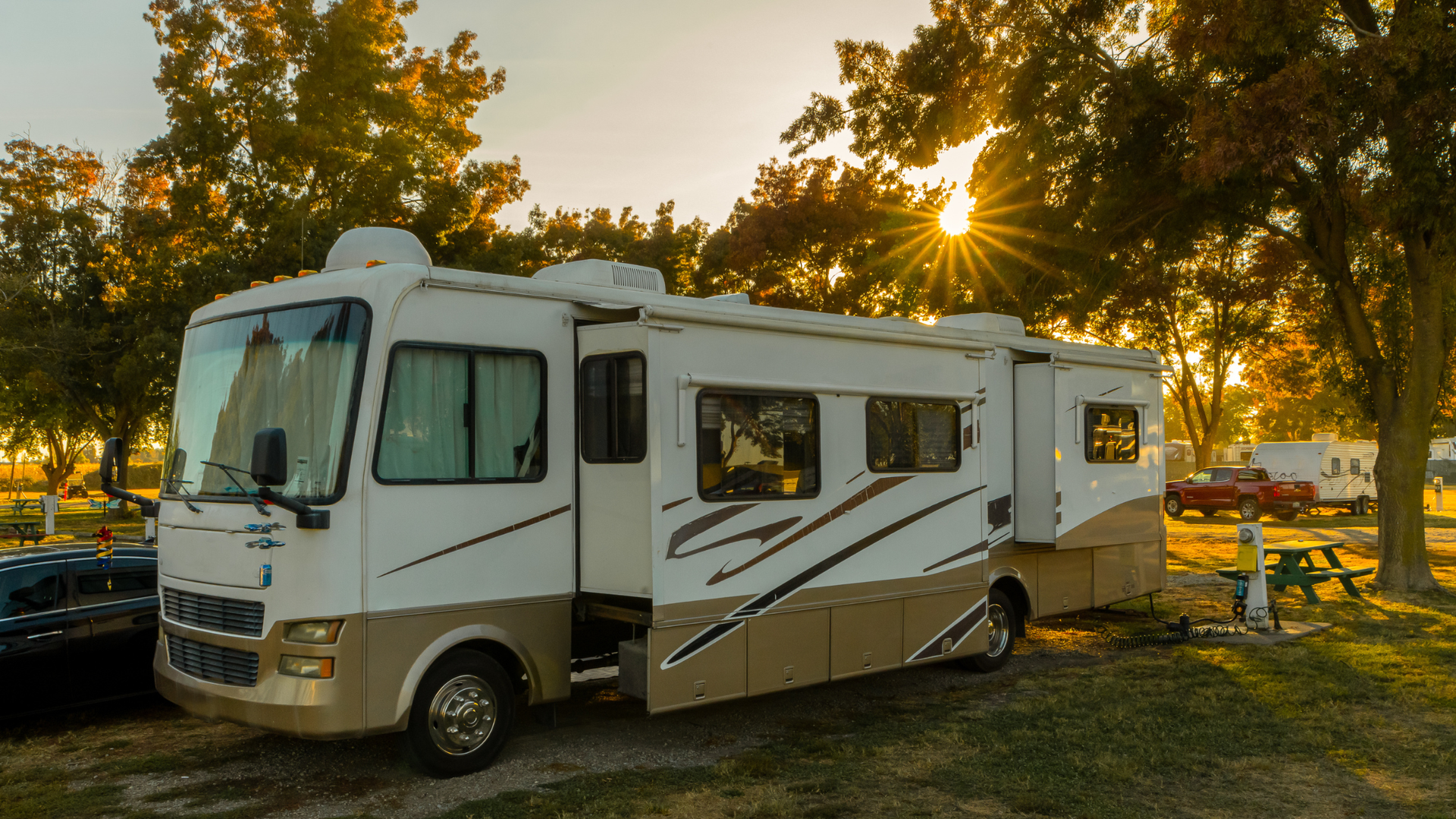The Future of Crew Housing: Trends Construction Companies Should Watch
When most people think about the future of construction, the focus usually falls on technology: AI-driven design, modular building, drones on job sites, or robots laying bricks. And while those advances are real, there’s another piece of the industry that’s quietly transforming, and it doesn’t always get the spotlight.
That piece is crew housing.
At first glance, crew housing seems straightforward: put workers in a place to sleep near the job site. But the reality is much more complex. Housing affects productivity, safety, retention, project budgets, and community relations. And as the construction industry evolves, so too must the way we house the people who make it all possible.
In this article, we’ll take a deep dive into the future of crew housing, looking at the key trends shaping demand, the growing role of technology, the lessons learned from disasters and rebuilds, and why companies that invest in housing now will be ahead of the curve tomorrow.
Why Crew Housing Matters Now More Than Ever
Before we look forward, let’s acknowledge the present. Crew housing is not a minor detail—it’s a major factor in project success.
- Safety: Fatigue is linked to 13% of workplace injuries (National Safety Council). Poor housing leads directly to poor rest, which increases risk.
- Productivity: A crew forced to commute 45 minutes each way loses hours of work and recovery time. Projects take longer, budgets swell.
- Retention: Comfortable housing is one of the top non-monetary factors in keeping workers on the job. Poor accommodations accelerate turnover.
- Community Impact: Crews don’t just build structures—they rebuild lives, restore towns, and strengthen communities. Housing them well matters to more than just the company.
In short: the future of construction cannot be built without future-ready crew housing.
Trend 1: The Rise of Infrastructure and Mega-Projects
The U.S. is entering an era of large-scale infrastructure projects, fueled by federal investments like the Bipartisan Infrastructure Law. We’re talking about:
- Highways and bridges.
- Renewable energy sites (wind, solar, hydro).
- Water systems and flood prevention.
- Broadband expansion in rural areas.
These aren’t weekend projects—they’re multi-year, multi-billion-dollar builds. That means crews will need housing for longer stretches of time, often in rural or underserved areas.
What This Means for Crew Housing
- Demand for long-term rentals will skyrocket. Hotels won’t cut it. Companies will need stable housing for crews that lasts months or years.
- Homeowners in rural areas will become critical partners. Their properties will house the crews building tomorrow’s infrastructure.
- Specialized providers like Hard Hat Housing will be essential. Coordinating large numbers of crews across multiple projects requires expertise and systems traditional platforms don’t have.
Trend 2: Disaster Recovery and Climate Resilience
From floods in Kentucky to wildfires in California to hurricanes on the Gulf Coast, natural disasters are happening more frequently and with greater intensity. Each disaster triggers a massive need for construction crews—and by extension, housing.
Lessons from Hazard, Kentucky
Hard Hat Housing has seen this firsthand. In Hazard, floods displaced families and destroyed homes. Crews poured in from across the country to help rebuild. Churches and community centers stepped up with makeshift shelters, but it wasn’t sustainable.
Disaster recovery isn’t just about rebuilding structures—it’s about housing the people doing the rebuilding.
What This Means for Crew Housing
- Rapid deployment housing will become vital. Companies will need partners who can place crews quickly after disasters.
- Flexibility matters. Timelines shift, crews rotate in and out. Housing contracts must adapt.
- Community goodwill will be tied to housing. How companies house their crews during recovery will affect how communities view them.
Trend 3: The Push for Worker Well-Being
The construction industry has long struggled with worker fatigue, burnout, and mental health challenges. But the future is shifting. Companies are realizing that well-being isn’t just a “perk”—it’s a performance driver.
Why Housing Is Central
- Sleep quality: Crews need quiet, private spaces—not bunk beds or hotel hallways.
- Nutrition: Housing with full kitchens allows for healthier meals than fast food every night.
- Connection: Reliable Wi-Fi in housing means workers can connect with family, reducing isolation.
- Morale: Comfortable housing sends a clear message: you matter.
What This Means for Crew Housing
- Housing standards will rise. Companies will demand “crew-ready” homes, not just “whatever is available.”
- Well-being will be a selling point. Firms that prioritize housing will recruit and retain better crews.
- Owners will benefit. Properties that meet these higher standards will see greater demand.
Trend 4: Technology and Data-Driven Housing
Just as technology is transforming job sites, it’s also transforming housing logistics.
How Tech Is Entering Crew Housing
- Smart Matching: Platforms like Hard Hat Housing use data to match crews with the right homes quickly.
- Digital Management: Online portals for scheduling, communication, and inspections.
- Predictive Demand: Data on upcoming projects helps forecast where housing will be needed months in advance.
- Virtual Tours: Crews and PMs can see properties remotely before booking.
What This Means for Crew Housing
- Less time wasted. No more endless calls to landlords or scrolling through vacation sites.
- Fewer surprises. Vetted, pre-inspected homes reduce risk.
- Scalability. Technology makes it possible to house multiple crews across multiple states at once.
Trend 5: Homeowners as Key Partners
Traditionally, homeowners thought of renting in terms of long-term tenants or vacation rentals. But the future is shifting toward a new opportunity: crew housing.
Why It’s Appealing to Homeowners
- Longer stays: Crews stay for weeks or months, reducing turnover.
- Reliable income: Payments tied to project contracts are more stable than seasonal tourism.
- Respectful tenants: Crews are working professionals, not partiers.
- Community impact: Renting to crews means directly supporting local growth.
What This Means for Crew Housing
- More homeowners will pivot to crews. Especially in rural areas underserved by vacation tourism.
- Education is key. Homeowners need to understand the benefits and how it works.
- Partnerships like Hard Hat Housing will lead. We connect homeowners with vetted crews, manage logistics, and ensure peace of mind.
Trend 6: Flexibility as a Standard, Not a Perk
Construction is unpredictable. Delays happen. Crews rotate. Timelines shift. The old model of rigid leases doesn’t work for this industry.
What This Means for Crew Housing
- Flexible contracts will be the norm. Housing that allows for early exits, extensions, or adjustments will win.
- Backup options are critical. Companies will demand providers who can pivot quickly.
- Turnkey management matters. Project managers can’t spend time negotiating leases—they need partners who handle it all.
Trend 7: Community Perception and Responsibility
How companies house their crews affects how communities perceive them. Crowded motels, noisy bunkhouses, or mistreated properties leave a bad taste. On the other hand, partnering with homeowners and housing crews respectfully creates goodwill.
What This Means for Crew Housing
- Corporate reputation will be tied to housing. Companies that do it well will earn trust.
- Homeowners will have pride. Renting to crews will be seen as a way to contribute.
- Communities will benefit. Proper housing means faster, smoother projects with less disruption.
The Hard Hat Housing Vision
At Hard Hat Housing, we see all of these trends not as challenges, but as opportunities. The future of crew housing is:
- Crew-Ready: Properties with the right features—kitchens, laundry, parking, privacy.
- Flexible: Contracts that adapt to project needs.
- Tech-Powered: Data and digital tools to make placement fast and accurate.
- Homeowner-Inclusive: A growing network of local partners providing homes.
- Community-Focused: Building not just structures, but stronger towns.
We’ve learned this through real-world experience. From Hazard, Kentucky, to projects across the U.S., we’ve seen what works, what doesn’t, and how much difference housing makes.
The future isn’t about housing crews wherever possible—it’s about housing them right.
Building the Bigger Picture
The future of construction depends on crews—and crews depend on housing. As mega-projects expand, disasters demand rapid response, and worker well-being takes center stage, the companies that thrive will be the ones who understand this truth:
Housing isn’t just logistics. It’s leadership.
And at Hard Hat Housing, we’re proud to be leading the way.
Want to future-proof your crew housing? Contact us today at 859-575-0662.













